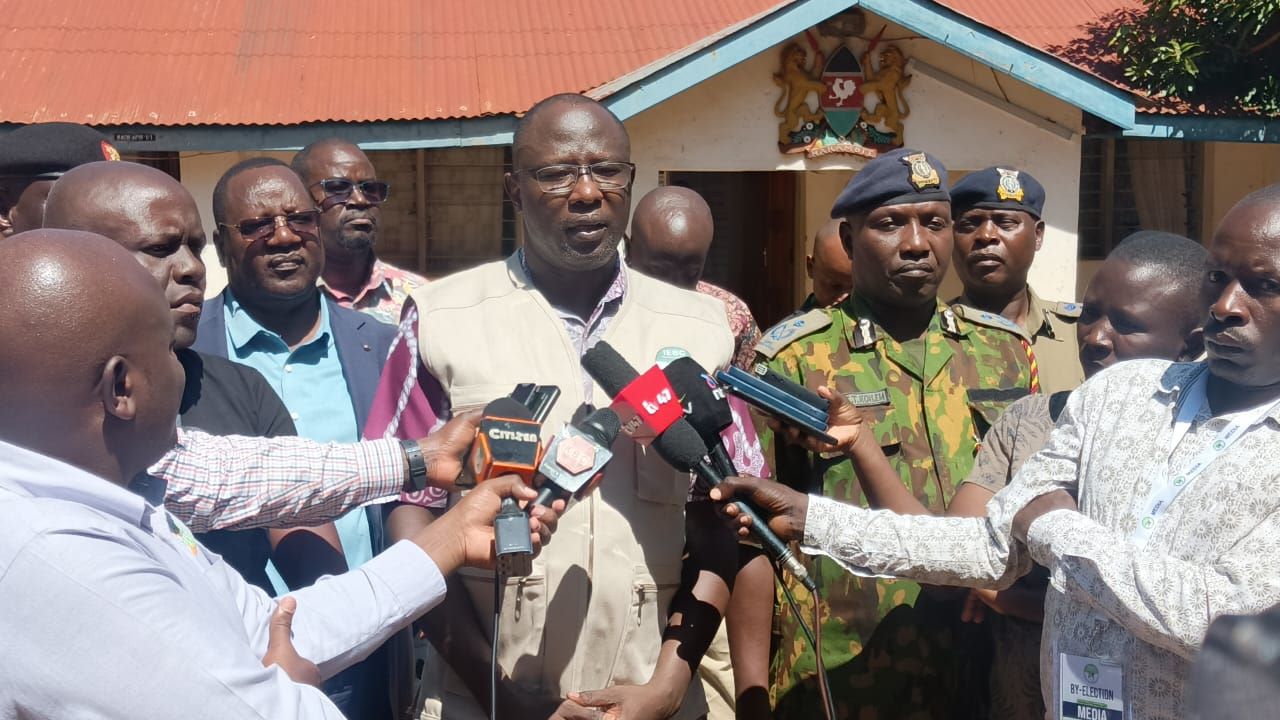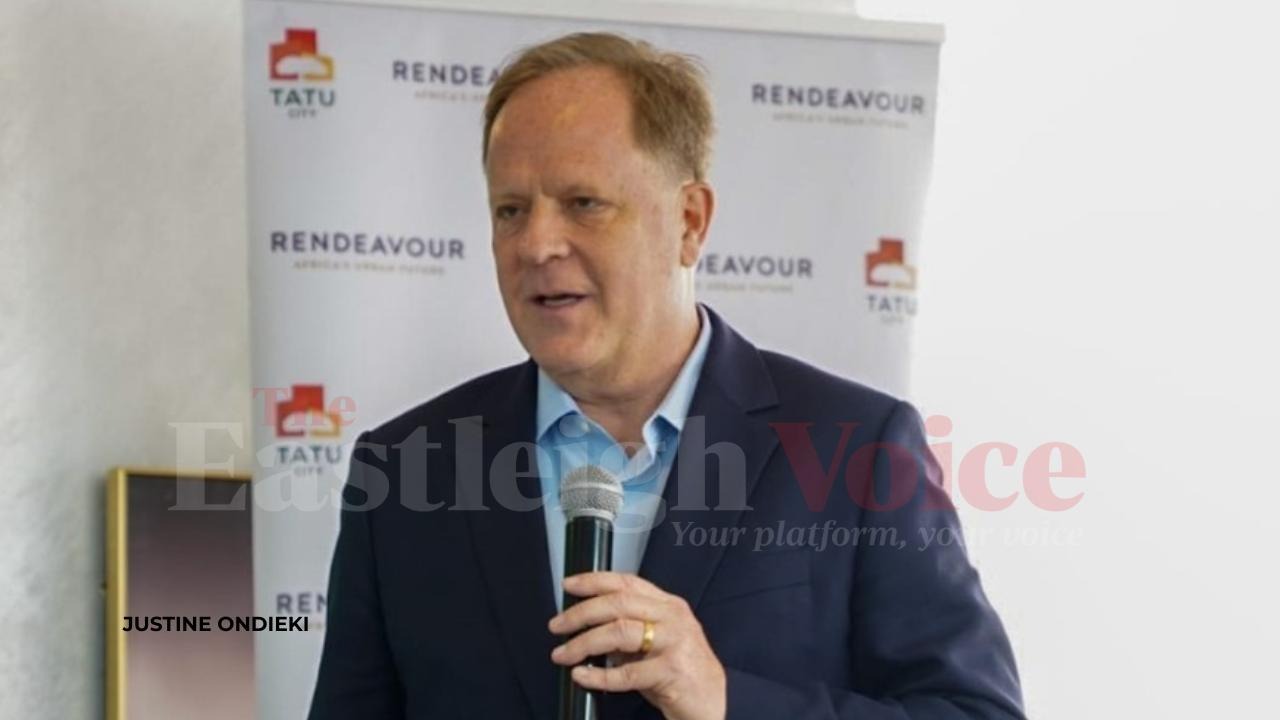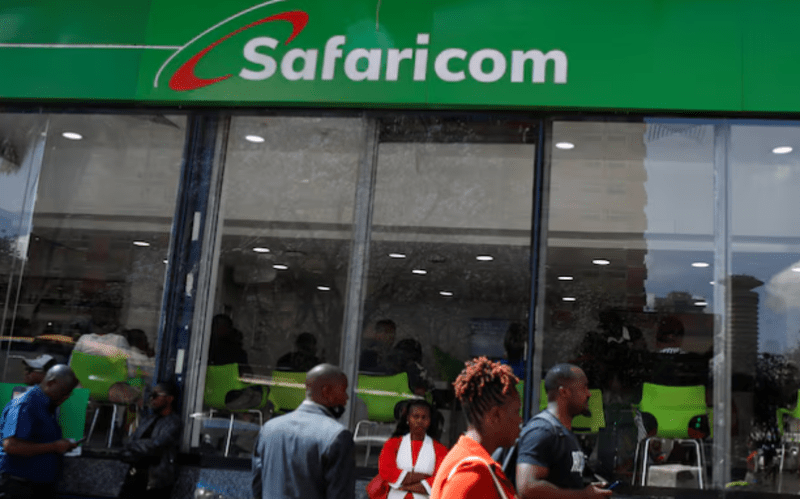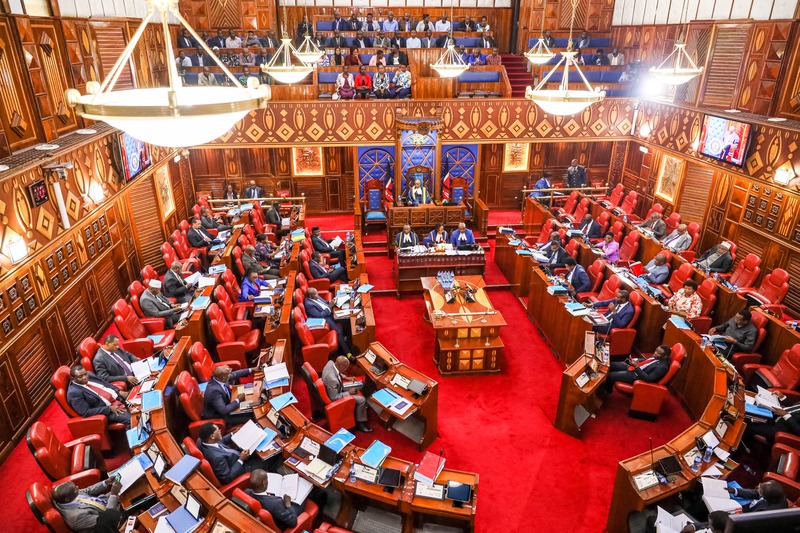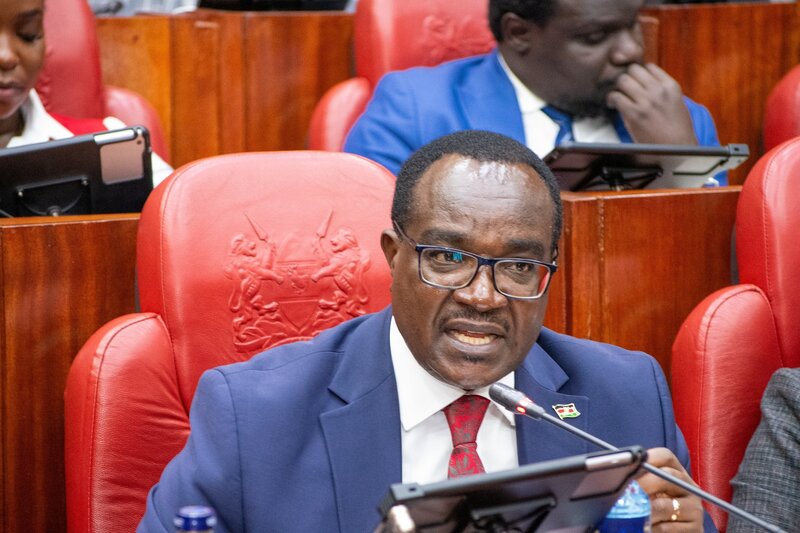SHA under fire: Kenyans decry annual payments, link to Hustler Fund raises alarm
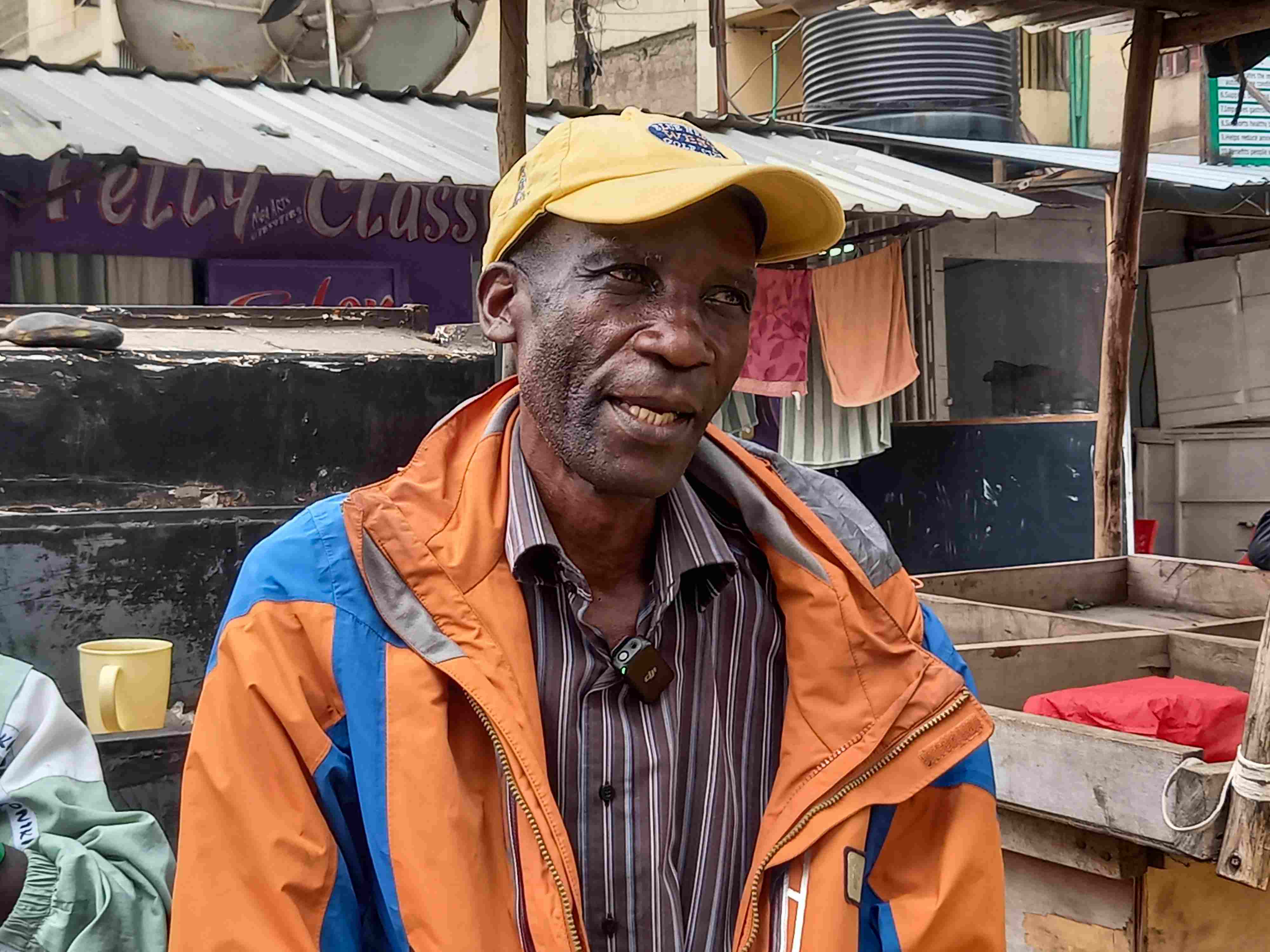
Data from the State Department for Micro, Small, and Medium Enterprises (MSMEs) released in September shows more than 50 per cent of Hustler Fund borrowers have defaulted, with unpaid loans totalling Sh11 billion.
As the Social Health Authority (SHA) continues to face major hurdles, patients are grappling with serious financial implications. Speaking to The Eastleigh Voice, a patient on dialysis, John Omollo, said the push towards annual contributions has left him feeling deeply hopeless and resigned fate.
Omollo disclosed that, until recently, he had relied on SHA to help manage the cost of his life-saving dialysis treatments, including paying at least six months upfront, whenever he could, to alleviate the financial burden.
More To Read
- TSC confirms shift to SHA cover for teachers from December 1
- TSC sued over teachers’ migration from MINET insurance to SHA
- Ruto terms Hustler Fund largest financial inclusion programme since independence
- Ruto announces increase in cancer treatment cover to Sh800,000 under SHA from December 1, 2025
- Government to review SHA packages amid calls for better cancer care
- Hustler Fund faces scrutiny as MPs demand answers on missing Sh14 billion, beneficiary records
According to Omollo, the recall of the previously mandated annual lump sum was welcome relief, but out-of-pocket expenses could impoverish his household financially.
“When I first heard about the switch to annual payments, I was alarmed. I’ve paid faithfully, but what happens now when my payment lapses? My health is getting worse, and the burden on my family is getting heavier. I had to get a computed tomography (CT) scan recently. It cost Sh9,100, but SHA only covered Sh6,000. I had to look for the extra Sh3,100, which I didn’t have,” lamented Omollo.
He went on: "We take insurance to protect us in times of need. But this current system feels like it’s pushing people away from care, not bringing them closer. If I’m struggling to pay for myself, how will I pay for my children? I went to an SHA office to enrol my son, and I was told only children under 18 qualify. My older children still depend on me. It doesn’t make sense.”
His frustration echoes those of other Kenyans, among them Eastleigh resident Jackline Kaleche, who similarly expressed dissatisfaction over SHA’s payment policy. According to Kaleche, it is baffling that the government is considering integrating health premiums with the Hustler Fund ecosystem.
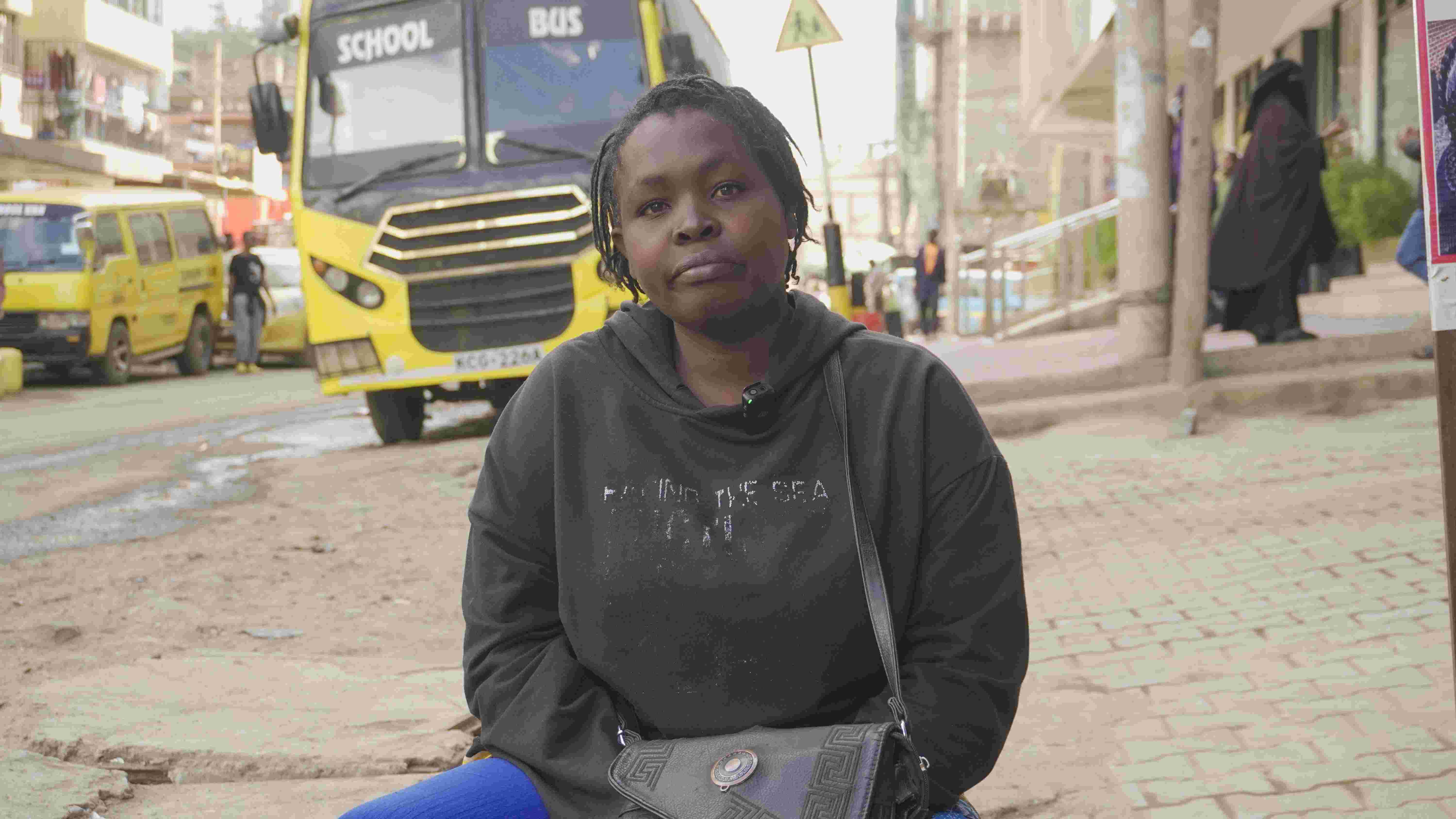 Jackline Kaleche during an interview with The Eastleigh Voice on June 11, 2025. (Photo: Justine Ondieki)
Jackline Kaleche during an interview with The Eastleigh Voice on June 11, 2025. (Photo: Justine Ondieki)
“Why should we be forced to take a loan to access healthcare?” she asks. “The Hustler Fund is not the answer. I qualify for just Sh500, and even that earns interest. Where will I get the rest of the money?” said Kaleche.
According to the 35-year-old, SHA’s payment policy should be augmented to mirror the simplicity of the contribution plan under the defunct National Hospital Insurance Fund (NHIF). “We just want to pay monthly, like before, when we can, with dignity. Why is that so hard?” she posed.
Further, city resident Cosmas Ouma, who indicated that he has defaulted on his Hustler Fund loan, said it would be disingenuous of the state to peg his access to health to a credit facility where most unsalaried workers have negative listings.
“People don’t take the Hustler Fund to start businesses - they take it because they’re desperate. I needed to buy food and medicine. Now I’m told to use the same loan for health insurance? It just doesn’t make sense,” said Ouma, while calling for a sense of predictability and streamlining the switch from Taifa Care to Lipa SHA mos mos. “It’s like they’re gambling with our health. What happens if I can’t repay the Hustler Fund? Does that mean I won’t be allowed to access healthcare anymore?”
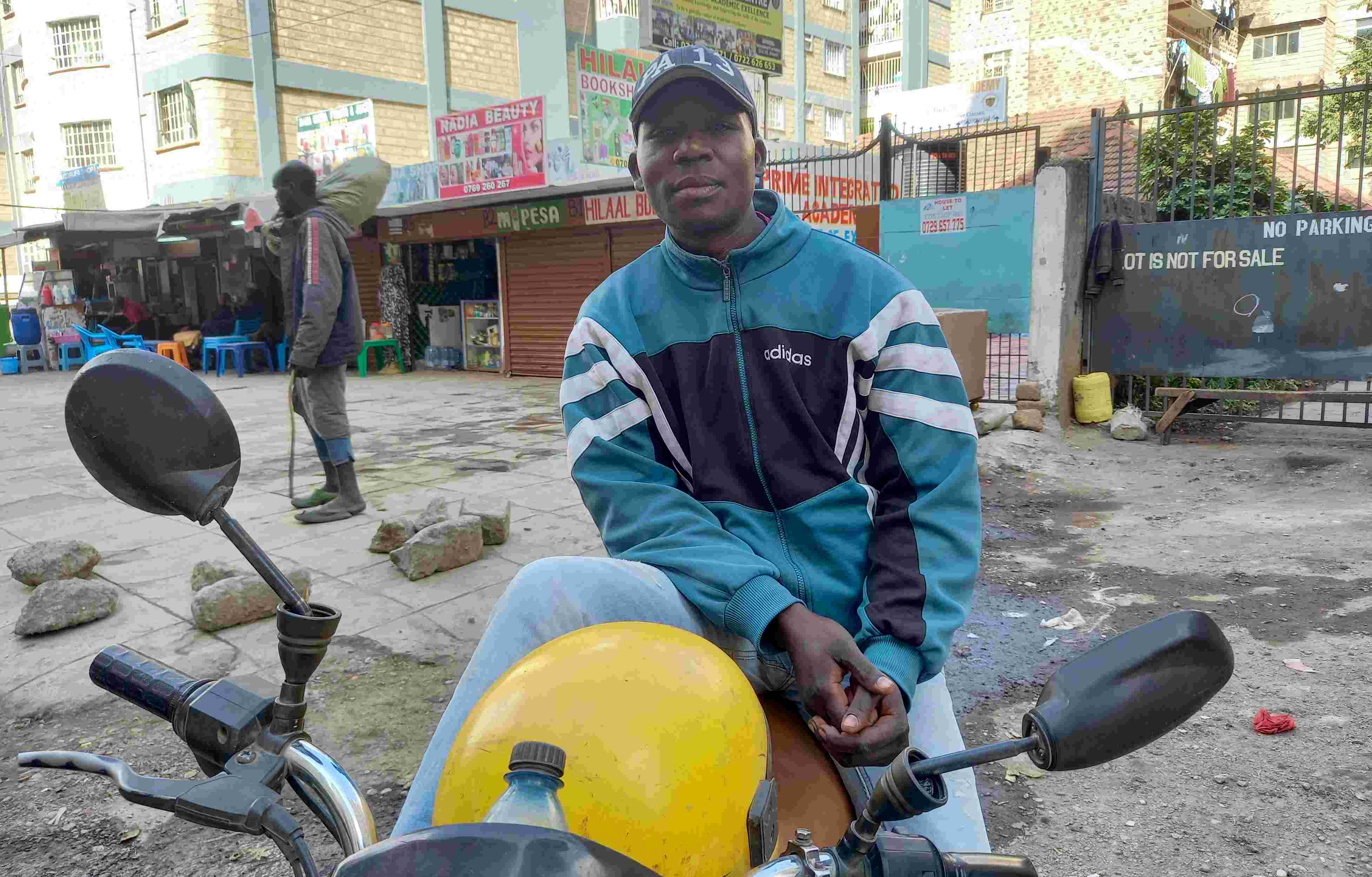 Cosmas Ouma, a boda boda rider in Eastleigh during an interview with The Eastleigh Voice on June 11, 2025. (Photo: Justine Ondieki)
Cosmas Ouma, a boda boda rider in Eastleigh during an interview with The Eastleigh Voice on June 11, 2025. (Photo: Justine Ondieki)
Lipa SHA Mos Mos was unveiled by President William Ruto during the 62nd Madaraka Day celebrations to ease the financial burden on unsalaried workers while improving access to health contributions. Following backlash over the modalities of payment, the Head of Department at the Social Health Authority, Samson Kuhora, announced that the Ministry of Health (MoH) has rolled out a means-testing system that determines contributions based on household income. Under the remittance system, said Kuhora, individuals can appeal if their assessed premium is inaccurate.
“This measure serves as a temporary solution after it became evident that many individuals in the informal sector were unable to pay the annual premium in a lump sum,” he explained, adding, “The 2.75 percent contribution rate was introduced to promote equity, especially for informal sector workers who had previously been left out.”
Data from the State Department for Micro, Small, and Medium Enterprises (MSMEs) released in September shows more than 50 per cent of Hustler Fund borrowers have defaulted, with unpaid loans totalling Sh11 billion.
Sh70 billion has, meanwhile, been disbursed to over 25 million Kenyans, and, of this, 2 million have moved to higher loan limits through consistent repayment, according to Cooperatives Cabinet Secretary Wycliffe Oparanya.
On the other hand, approximately 23.3 million Kenyans have registered with SHA as of June 10, 2025. However, only 3.8 million individuals are actively contributing to the scheme, 3.4 million of which are drawn from the formal sector and 400,000 from the informal sector.
Despite the Ministry of Health’s report that 50,000 new members are being registered daily, actual remittance of monthly contributions, especially among informal sector workers, remains low. Under current regulations, SHA contributions are capped at 2.75 per cent of income. However, only 437,000 households in the informal sector are up to date with their payments - a notable decrease from the 700,000 households that were consistently contributing under NHIF.
Top Stories Today

